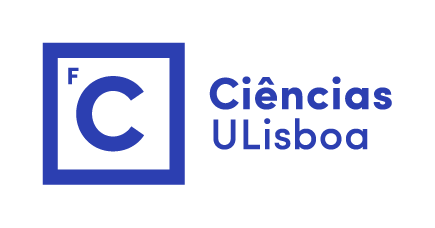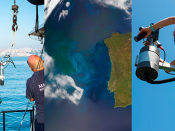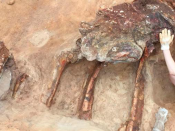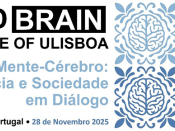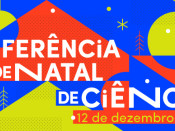M. Antónia Amaral Turkman
Centro de Estatística e Aplicações
Faculdade de Ciências da Universidade de Lisboa
Vegetation burning displays spatial and temporal patterns at various scales, affected by many factors including the seasonal occurrence of dry periods and thunderstorms, and by sporadic heat waves and droughts. Regular cycles in vegetation burning are found at annual scale, mostly in seasonally dry areas, and at the daily scale as a consequence of underlying cycles in meteorological variables and land management practices. Since there is no natural forcing with a seven-day period, weekly cycles provide evidence of an anthropogenic fingerprint. Hence one natural approach to search and quantify anthropogenic influence on wildfire patterns is to look for existence of weekly cycles in wildfire incidences. Since biomass burning emissions have important climatic effects such as strong absorption of sunlight, study of weekly cycles in wild-fires may contribute in understanding and explanation of weekly cycles in meteorological variables. There is an ongoing debate if the reported existence of weekly cycles in vegetation burning is statistically significant or not. In order to answer this question we looked at global World daily number of fire activity consisting of 10 years of daily global fire counts observed during 2002-2012. Results clearly show statistically significant 7 day cycle with minimum fire activity on Sundays. Separating the study by land use, it was found that the seven day cycle and smaller fire activities on Sunday were observed on cropland and at some extend in forested and range land. Fire activity on settlements, villages and wild land did not show a seven day cycle, confirming the anthropogenic influence on fire activity. Given the strong anthropogenic control of fire in Africa where fire is used for hunting, livestock husbandry, pest control, food gathering, cropland fertilization, and wildfire prevention we also analyzed spatial and temporal data of fire counts in sub-saharan Africa. Using spatial temporal models we observed that weekly cycles in fire activity were also significant in cropland but the week day with the fewest fires were either on Sunday or Friday, depending on the regionally predominant religious affiliation.

